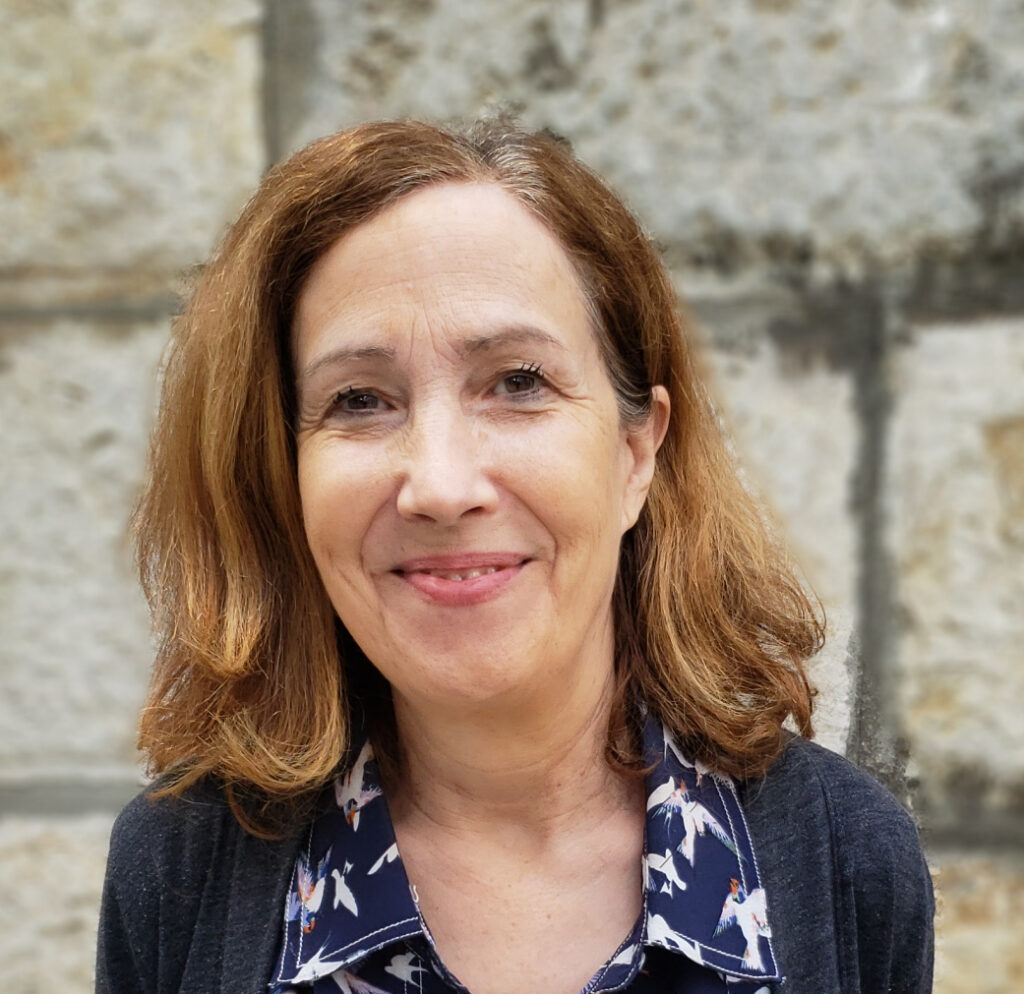
Janine Marchessault – a professor in York University's School of the Arts, Media, Performance & Design and the York Research Chair in Media Arts and Community Engagement, who recently received a prestigious Killam Prize – is building alliances between institutional and community-led media archives from around the world through efforts like the Global Audiovisual Archiving (GAVA) Conference and more.
The GAVA Conference was conceived by the Eye Filmmuseum, a unique Dutch museum dedicated to film preservation and education, in 2021 as an international forum to forge connections and identify challenges within the field of media archiving. Smaller collections, in particular, are vulnerable to disappearance and inaccessibility and, according to Marchessault, are in urgent need of care as a matter of social justice and human rights.

“The problems that smaller archives face include a lack of storage space, funds to access digitization technologies, specialized labour and formal archival training," says Marchessault, the principal investigator of Archive/Counter-Archive, a project and research network dedicated to activating and preserving audiovisual archives created by Indigenous Peoples, Black communities and people of colour, women, 2SLGBT2QIA+ and immigrant communities. "Often, these kinds of ‘best practices’ are defined by richer institutions, without due consideration of or engagement with the contexts, resources and politics of other regions.”
Among the possible solutions is international collaboration, which GAVA looked to foster with the conference’s “Building Alliances” theme this year. Gathering an interdisciplinary assortment of over 200 archivists, artists, filmmakers, scholars and activists from around the world at the TIFF Lightbox in downtown Toronto, GAVA provided a space for new collaborations and partnerships to develop. The conference laid the foundation for a new global research network of community-based archives to work with and support one another.
“We gathered an impressive group of presenters whose innovative engagements are redefining what archives are, where they exist and how they are experienced,” explains Marchessault. The goal is to build a platform that is more inclusive and accessible for smaller archival organizations and projects, which makes it different from other large international archiving conferences.
Supported through a Social Sciences & Humanities Research Council Partnership Grant and Connections Grant, GAVA was co-organized by the York University-based project Archive/Counter-Archive: Activating Canada's Moving Image Heritage, the Toronto International Film Festival and the Eye Filmmuseum. All three organizations are united by their dedication to generating new archival film methodologies and the preservation of precarious and marginalized media archives.
To extend the conference’s goal of sharing knowledge and resources between established and underfunded media archives, Marchessault is currently working with the Eye Filmmuseum to develop a new international platform for archivists, artists, activists, and scholars from around the world to share information and resources. She will also co-edit a special issue of the journal Public: Art/Culture/Ideas with other members of the GAVA advisory board to capture the cutting-edge ideas presented at the conference.
According to Marchessault, creating alliances with international archives – focusing on community-based organizations – is critical at this time. With the world facing shared ecological and political challenges, a global perspective on archives fosters important solidarities through shared resources and co-created knowledge.
Those alliances also underscore the driving premise of the GAVA Network, which is that community-based archives defined by social movements and shared identities can create forms of knowledge that challenge social and political inequities.
The outcome, says Marchessault, can lead to “designing practices of care and pedagogical approaches for the next generation of archivists, artists, activists, humanists and historians in ways that are inclusive, expansive and liberatory.”
